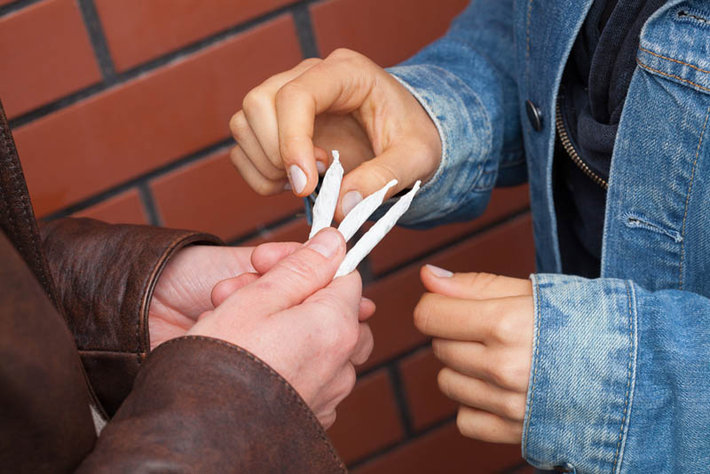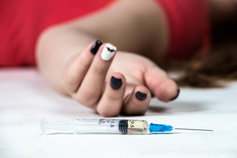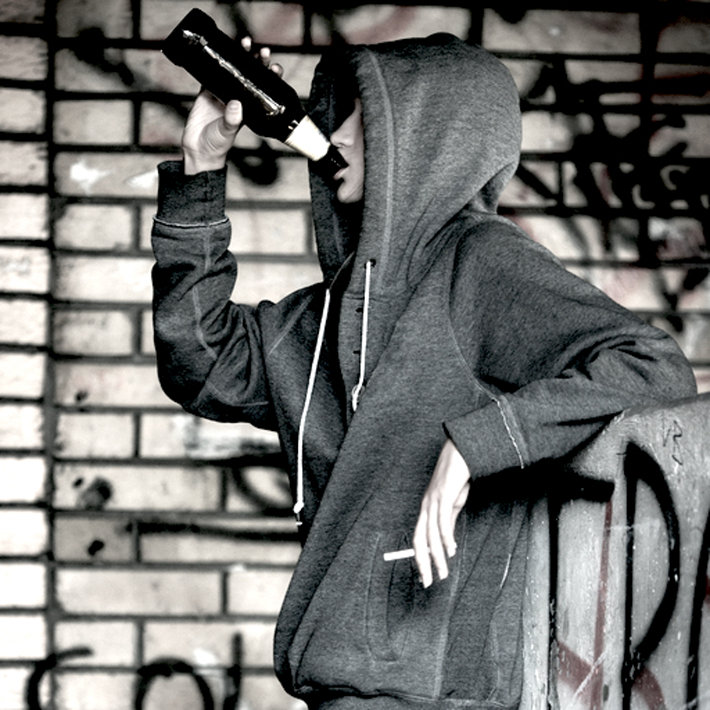
The Pervasiveness of Drugs Amongst our Children
There was a time that the greatest harm that befell many children was being kept after school or getting a whipping if they got home after dark. But times have changed and not for the better. A quick look at news reports shows how dangerous our neighborhoods have gotten with today’s greater availability of prescription and illicit drugs.
- In Colorado, more children are being exposed to marijuana since the legalization of the drug. This was the finding of an investigation into cases of THC (tetrahydrocannabiniol, the primary intoxicant in marijuana) poisoning of children. By examining hospital records at a Children’s Hospital, researchers determined that the average rate of marijuana-related visits to the children’s hospital increased from 1.2 per 100,000 population (two years before legalization) to 2.3 per 100,000 (two years after legalization). Also, while the rest of the country saw a 19% increase in poison control center calls regarding marijuana exposure of their children, Colorado saw a 34% increase. Edible marijuana products were more responsible for these calls and visits than any other product.
- In Edmonton, Alberta, two drug dealers thought they had hit upon a novel way to promote their drug sales. They parked their truck outside a high school and offered the kids on their way home free samples of cocaine. To anyone who came up to the truck they gave a small bag with a half-gram of cocaine. (The police soon ended this marketing stunt.)
- A RAND Corporation study found that adolescents who use marijuana and alcohol during middle and high school are more likely to have poor academic performance as a result. Whether or not they smoked marijuana was an indicator of poor functioning in a number of areas, like lower academic functioning, being less prepared for school and higher rates of delinquency.
- A recent New York Times article described the way affluent teens in the city are smoking THC extracts so they could get much higher than they could by smoking the herbal form of the drug. Many of the teens are using electronic cigarettes that destroy the distinctive marijuana smell so their teachers and parents don’t realize what they are doing.
- Perhaps worst of all, the St Louis Post-Dispatch compiled information on teens in the area who lost their lives to heroin. One teen who survived his addiction to heroin started using the drug in his sophomore year. Two other teens – 16 and 17-year-old students at Kirkwood High School – both died of overdoses.

What makes teen drug overdose deaths particularly brutal is the fact that many parents are blindsided by their child’s deaths. So many say, “I didn’t even know she was using drugs or unhappy.” The nature of addiction is such that people try to hide it as long as possible. When the family is called to the hospital for a non-fatal overdose, it becomes very difficult or impossible to hide the truth.
These incidents and hundreds more each year reveal how vital it is for every parent to educate his children on the harm that results from drug abuse. This must be started before the child starts seeing his friends use drugs and before they are offered to him. Parents should start communicating simple concepts about sobriety and drug abuse while the child is in third grade. By the time the child is in middle school, he or she should understand that drug abuse leads to addiction for some people and that drug overdoses are not only possible, they will happen to some people who use drugs like cocaine, methamphetamine, alcohol and opioids of any type.
If you care about someone who has already lost his or her way to addiction, call Narconon Ojai today. We have a unique, drug-free program that repairs damage done by addiction, restores a person’s interest in life, and teaches sober living skills for a lasting sobriety. Call us today to learn how we can help you or your loved one. Call: 1-877-936-7435


